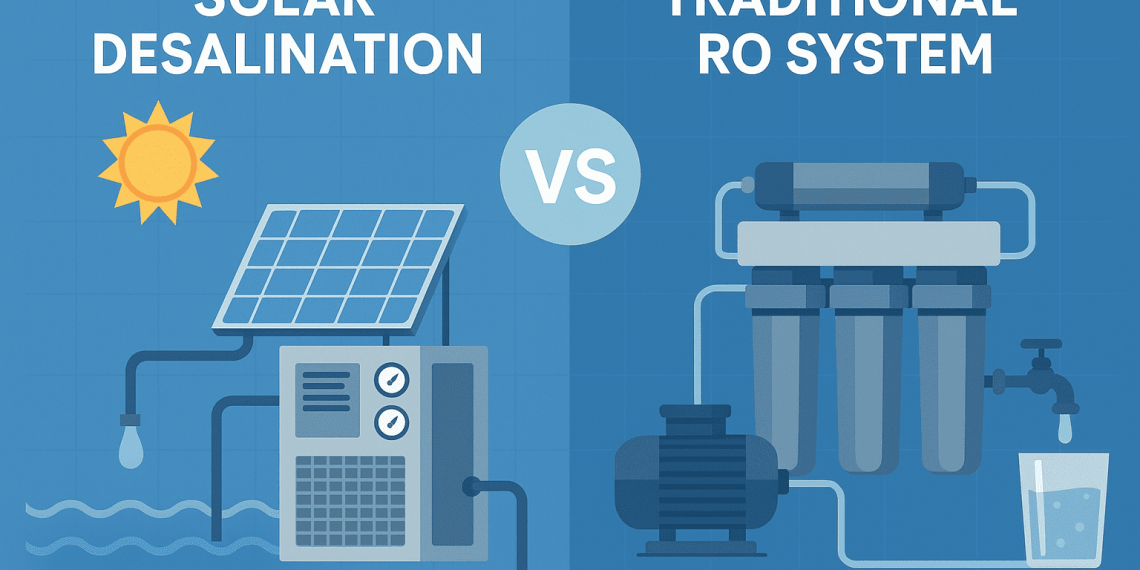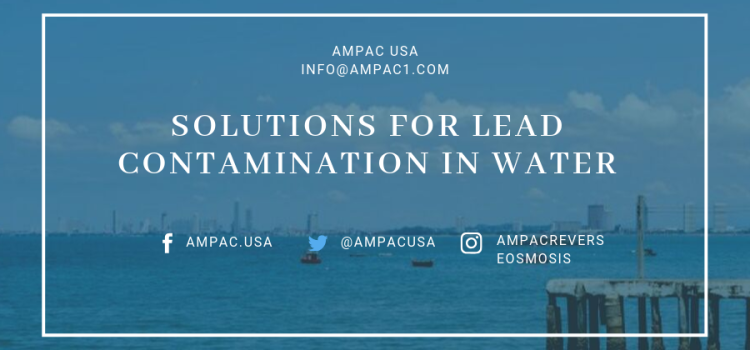Last updated on December 11th, 2025 at 06:14 pm
As water scarcity intensifies across the globe, reverse osmosis (RO) systems have become essential for purifying seawater, brackish water, and contaminated freshwater sources. However, a major consideration today is not just purification quality but also energy efficiency and sustainability.
That’s where the debate begins: solar desalination vs. traditional RO systems. Which one is the better long-term investment for clean water access?
Let’s break it down.
What Are Traditional RO Systems?
Traditional reverse osmosis systems use high-pressure pumps powered by electricity (usually grid-based or from diesel generators) to push water through semi-permeable membranes, removing up to 99.9% of salts and impurities.
They are widely used in:
- Industrial facilities
- Urban water treatment plants
- Residential filtration units
- Agricultural water purification
While effective, traditional RO systems can be energy-intensive and dependent on stable power infrastructure.
What Are Solar Desalination Systems?
Solar-powered desalination machines combine solar photovoltaic (PV) technology with RO membranes. Instead of relying on external electricity, they use solar panels to generate power, making them ideal for off-grid or remote environments.
These systems are increasingly being deployed in:
- Coastal villages and islands
- Humanitarian relief camps
- Military and offshore operations
- Remote agricultural farms
Read: How Solar-Powered Desalination Machines Work: A Complete Guide for Sustainable Water Purification
Side-by-Side Comparison: Solar vs. Traditional RO
| Feature | Solar RO Systems | Traditional RO Systems |
| Power Source | Solar (Renewable Energy) | Grid or Diesel Generator |
| Energy Costs | Minimal to None | High (Electricity/Fuel Required) |
| Environmental Impact | Eco-friendly, Zero Emissions | Moderate to High (Depends on Fuel) |
| Setup Location | Ideal for Remote/Off-Grid Areas | Needs Reliable Infrastructure |
| Operational Complexity | Automated, Low-Maintenance | May Require Supervision |
| Initial Investment | Higher (Due to Solar Panel Integration) | Lower |
| Long-Term Savings | High (Free Energy Source) | Moderate to Low |
| Mobility & Portability | Often Mobile and Packaged | Typically Stationary |
When to Choose Solar Desalination Systems
- You need clean water in remote or off-grid locations
- You want long-term cost savings
- You’re planning for disaster relief, emergency setups, or temporary camps
- You prefer eco-friendly solutions with low carbon emissions
When Traditional RO Systems Make Sense
- You already have reliable electricity
- The system is part of a permanent infrastructure.
- Your budget allows for continuous energy costs
- You require large-scale purification in industrial or urban environments.
Read: Top Benefits of Using Solar RO Systems in Remote and Off-Grid Areas
AMPAC USA Offers Both Solutions
At AMPAC USA, we manufacture high-quality commercial RO systems and solar seawater desalination machines tailored for a wide range of industries and applications. Whether you’re setting up a city-wide purification system or a mobile field unit, we have a solution built for you.
Explore our full line:
Final Thoughts
Both systems have their place in modern water treatment. However, if your goal is sustainability, energy efficiency, and independence from the grid, then solar-powered desalination systems are the future. For more conventional or industrial setups, traditional RO systems still offer unmatched performance.
At AMPAC USA, we help clients evaluate, customize, and install the right water purification solution based on real-world conditions and needs.











